Gustave Caillebotte
Realism & Modernity
1875–1885
In 1875 Gustave Caillebotte (1848 – 1894) submitted a painting of floor scrapers to the jury of the Salon, the official exhibition of the Academy of Fine Arts in Paris. The work was rejected, but Edgar Degas and Auguste Renoir admired it and encouraged him to exhibit with the impressionists. Caillebotte’s canvas, depicting shirtless laborers finishing a wood floor, became one of the sensations of the second impressionist show in 1876. Describing the picture in terms of its realism and modernity, admirers praised its “truth” and “frank intimacy,” while critics deemed it “crude” and “anti-artistic.”
Caillebotte was thrilled by the impressionists’ fresh, radical vision. Over the next six years he participated regularly in their exhibitions, submitting paintings of the people and places he encountered in and around Paris. Featuring skewed perspectives and modern subjects, the canvases reflect the visual drama of the capital — then undergoing radical transformation into a modern metropolis. Caillebotte established himself as an artistic force in the group, as well as a vital organizer who helped curate and finance their exhibitions. During his brief career he also became a significant patron, amassing a collection of more than seventy works, including masterpieces by Degas and Renoir as well as Paul Cézanne, Claude Monet, Berthe Morisot, Camille Pissarro, and Alfred Sisley.
Despite these accomplishments, Caillebotte remains perhaps the least known of the French impressionists. Because of his secure finances — derived from his father’s successful textile business — he had no need to earn an income from his art. He therefore did not sell his pictures, and few entered public collections. After he bequeathed his collection to the state, it became the cornerstone of impressionist art in French national museums. But the impressive bequest, which included only two of his own works, overshadowed his artistic achievements and further contributed to his obscurity.
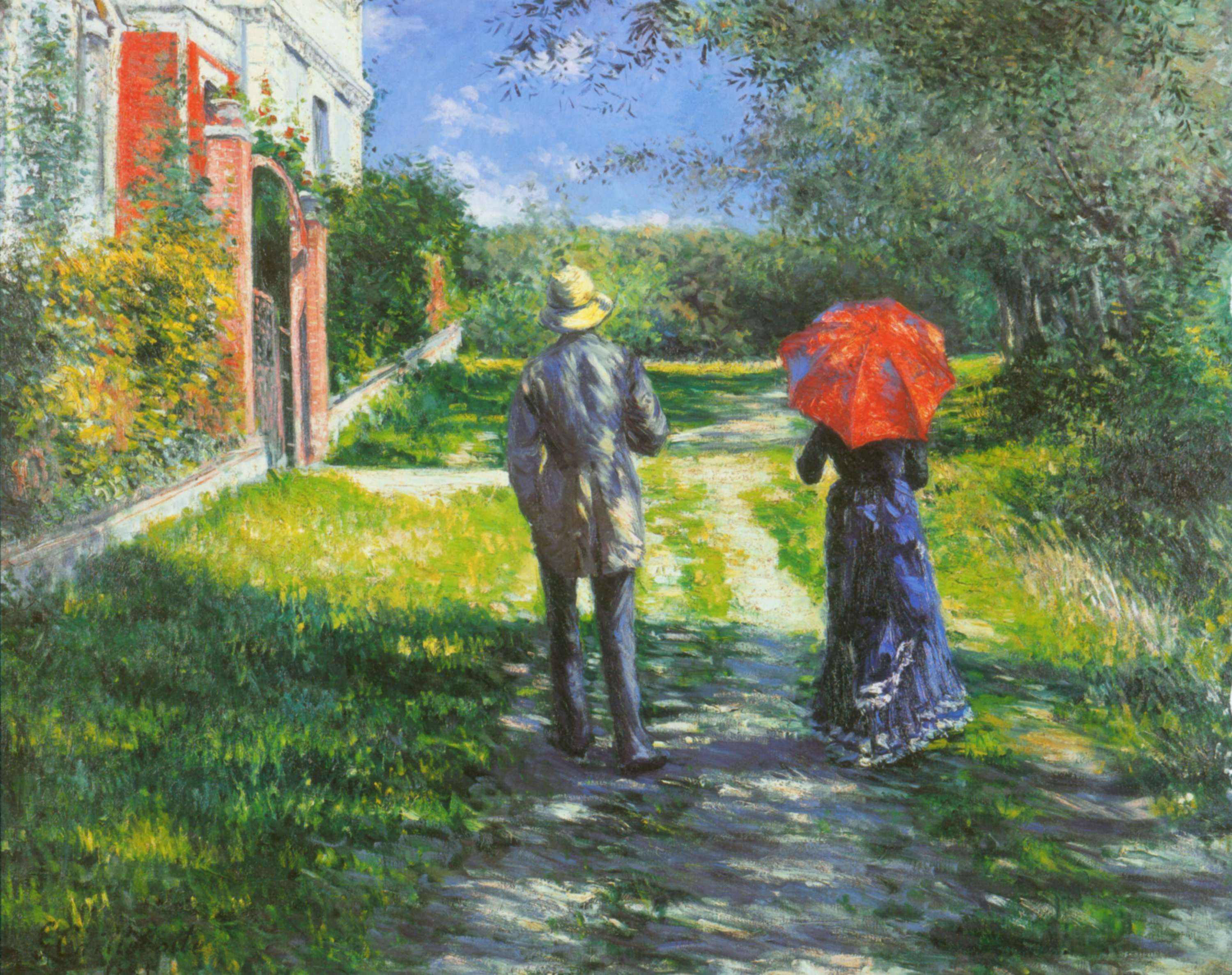
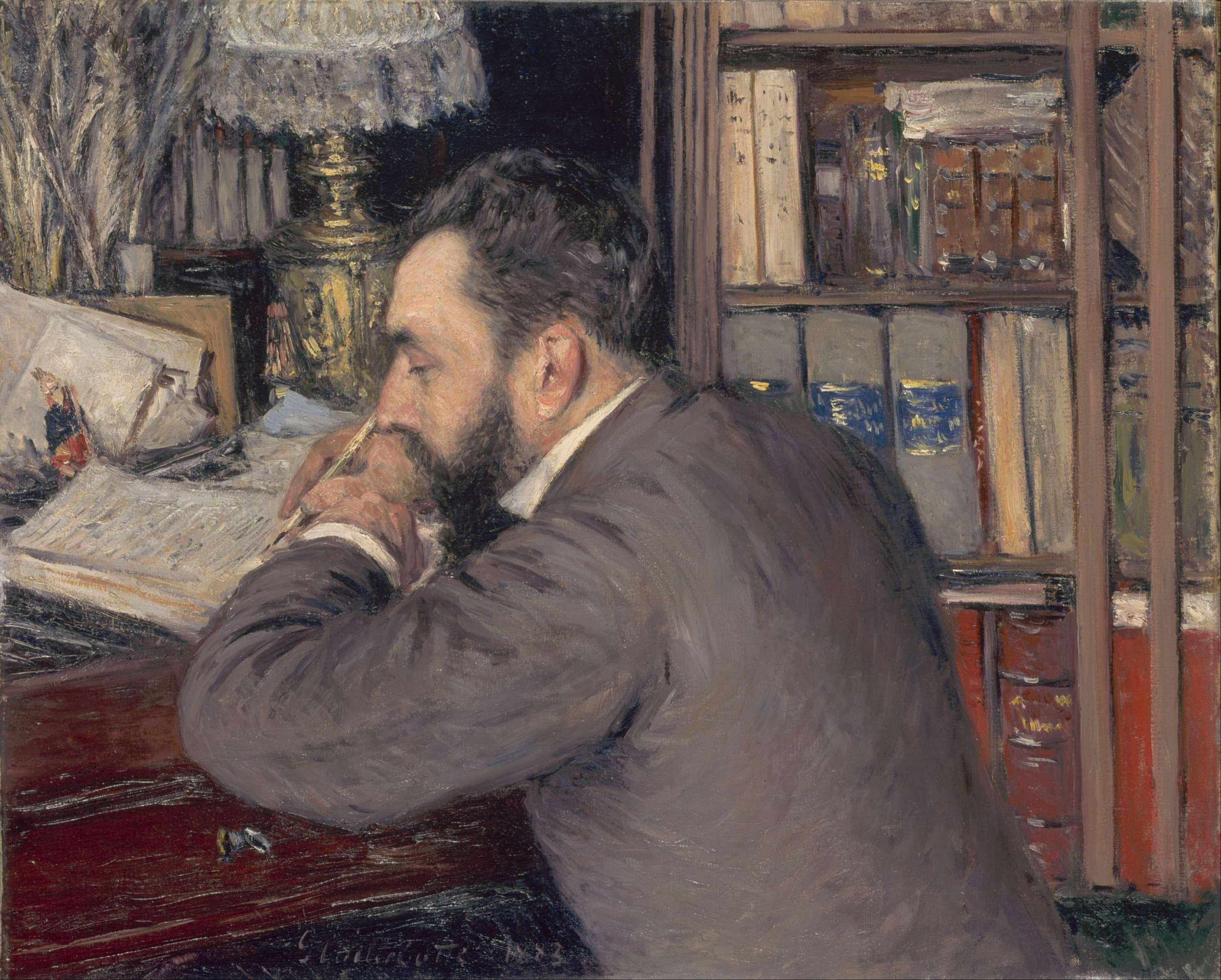
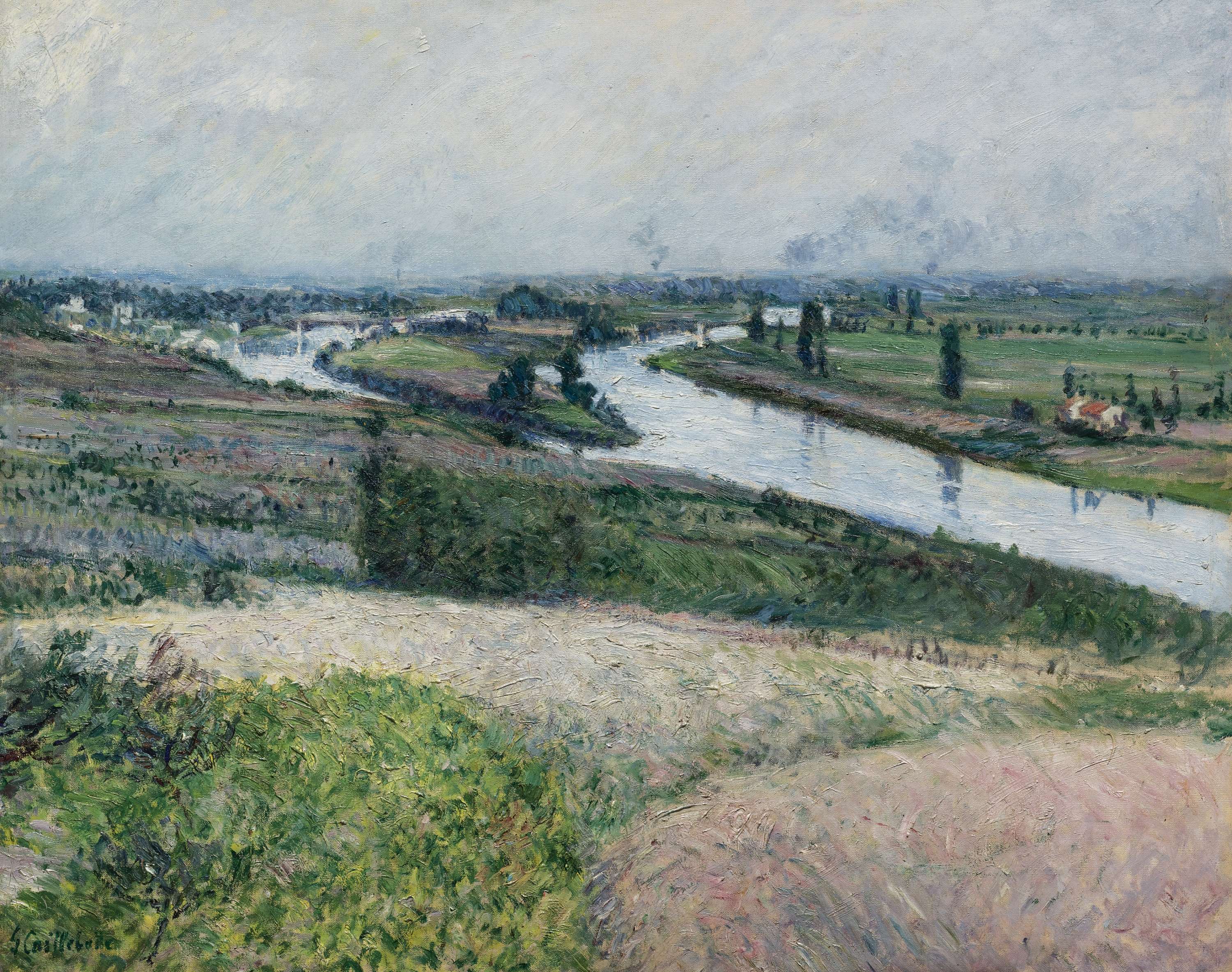
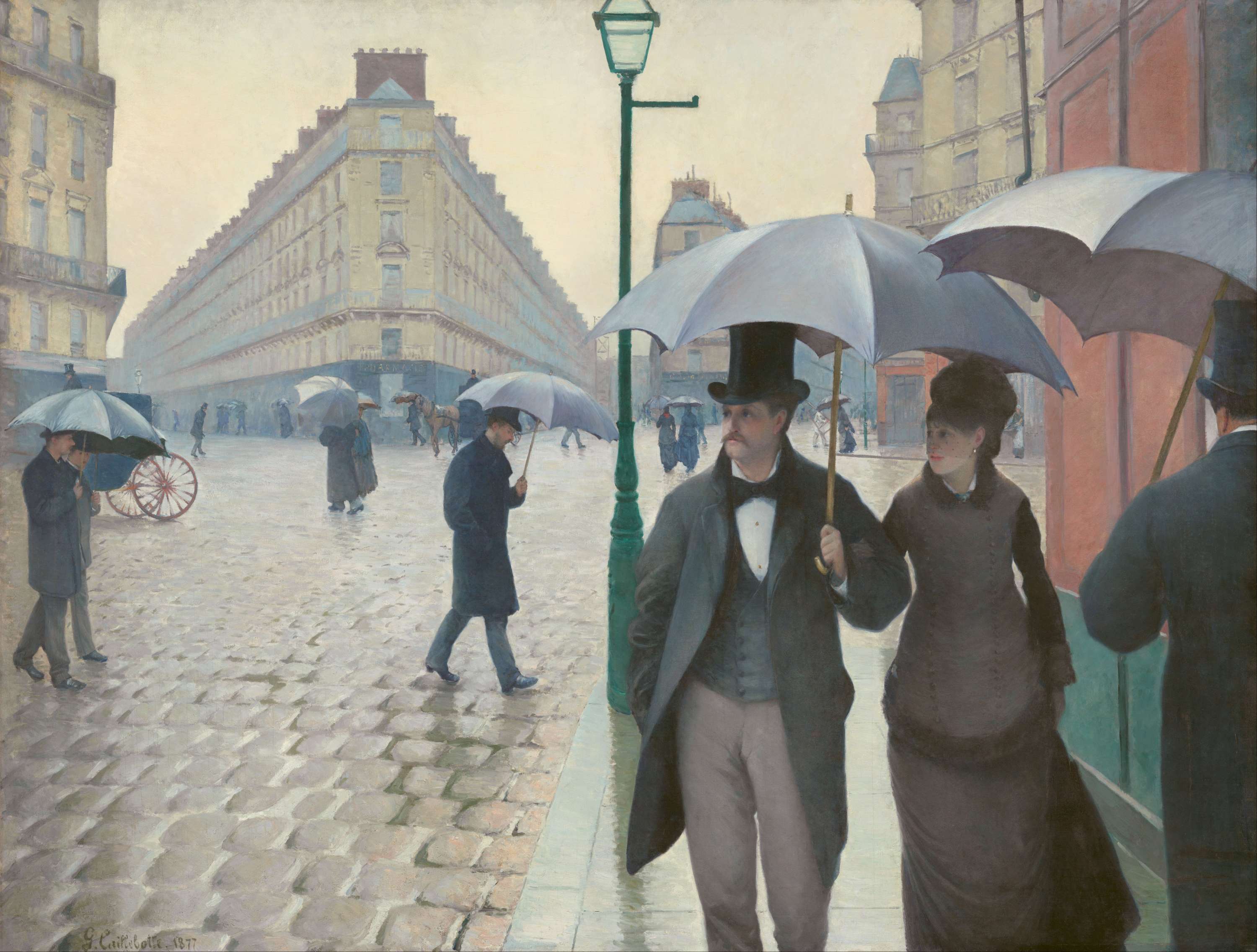
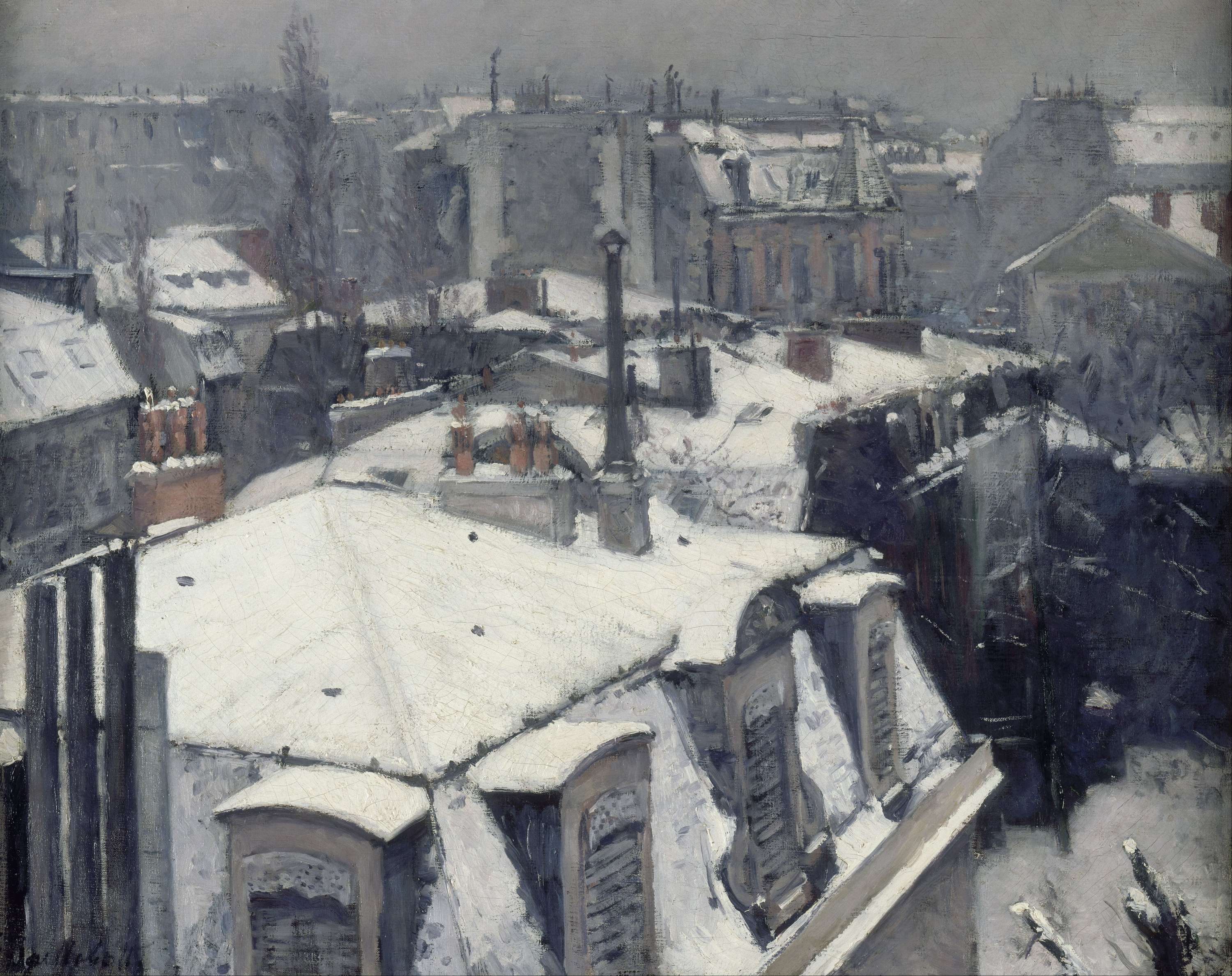
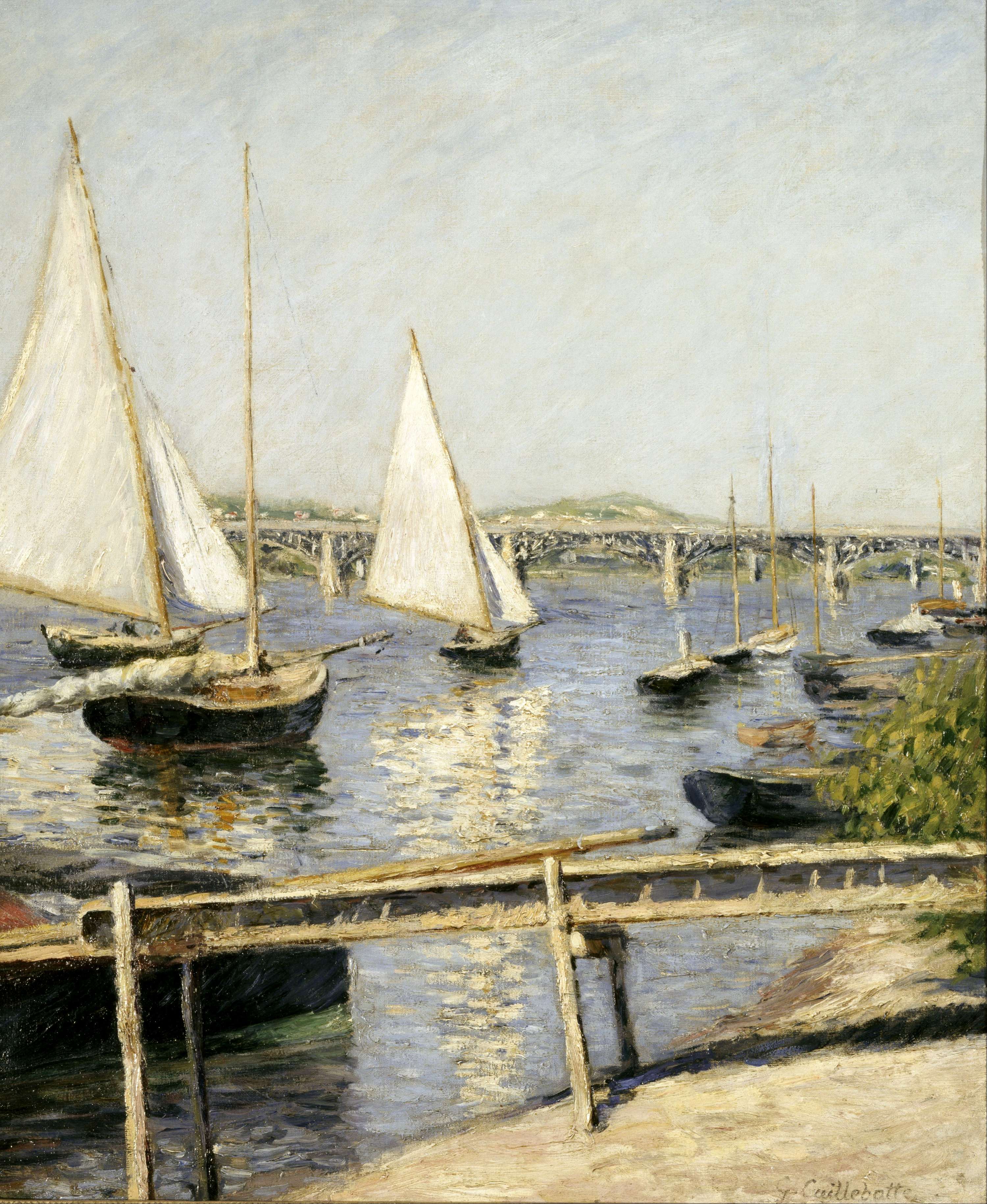
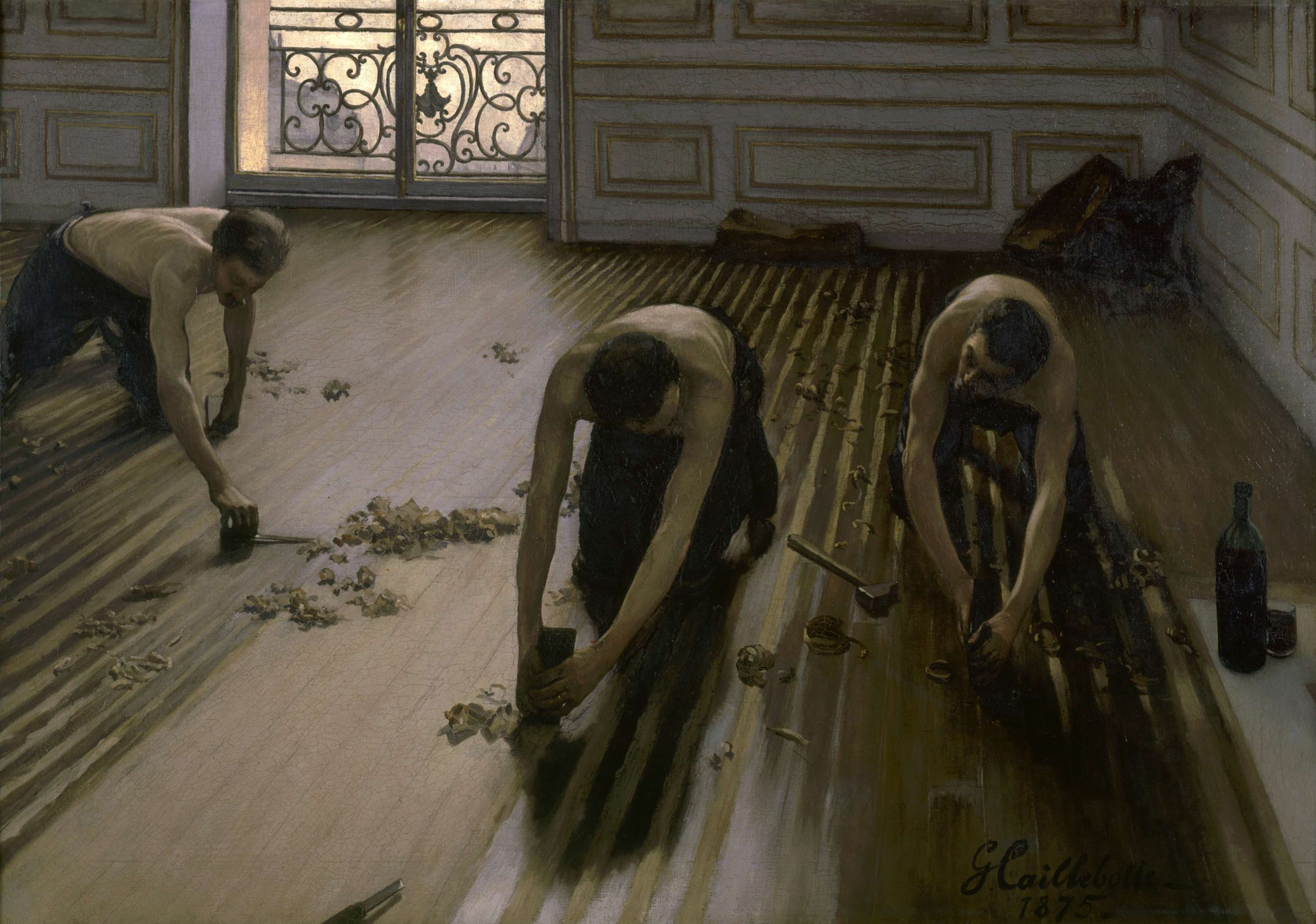
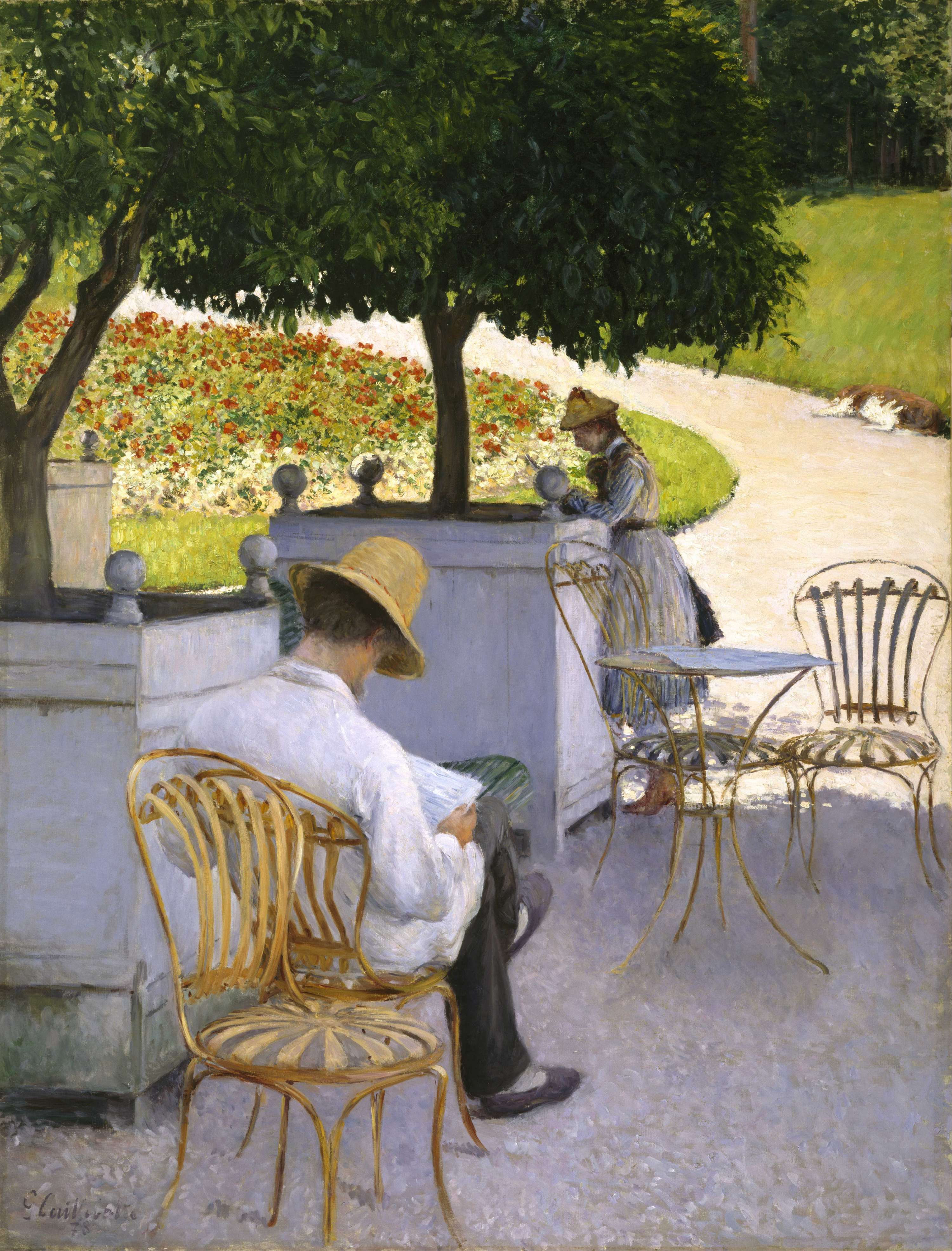
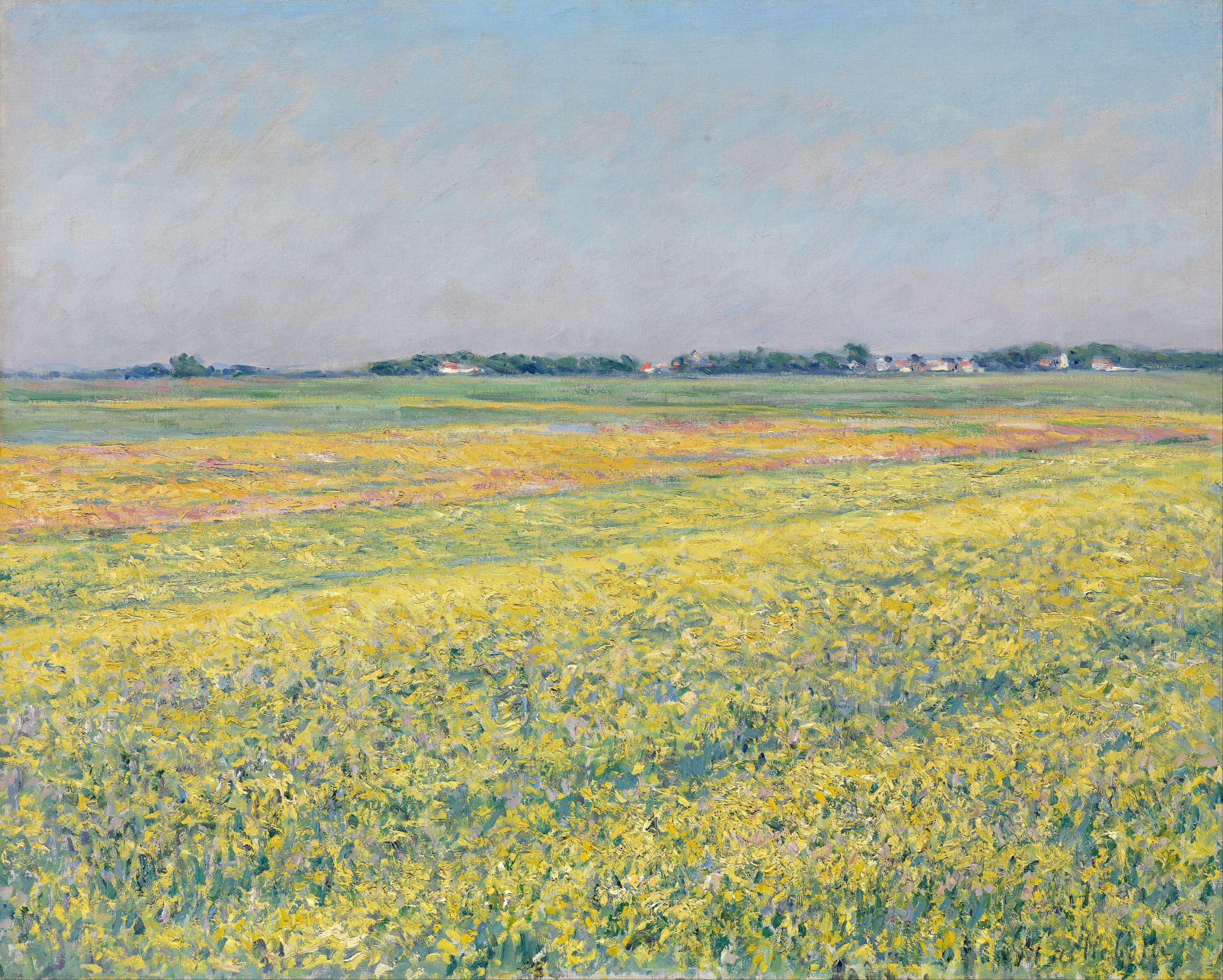

Lieu: France
Mouvement: Impressionnisme, Réalisme
Text: National Gallery of Art
Publié: Mars 2018
Catégorie: Peinture